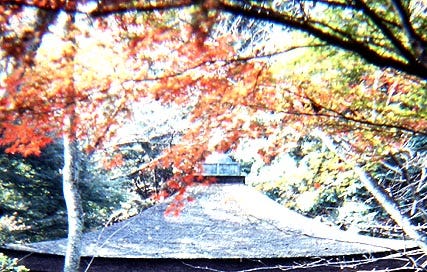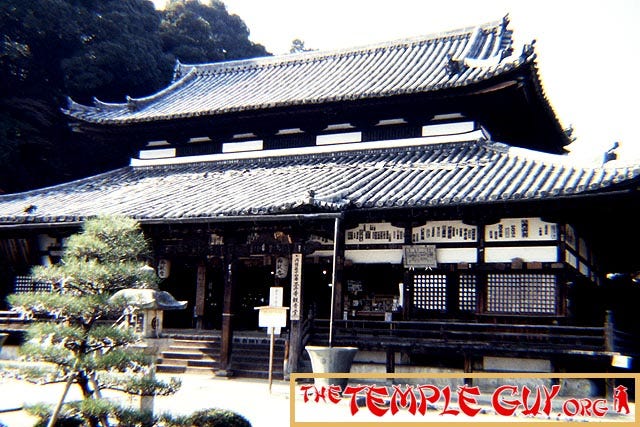Ep. 099: The Temple of the Warring Monks
Mii-dera, on the shores of Lake Biwa and at the foot of Mount Hiei
Let's look at a place that was once headquarters for an army of warring monks, Mii-dera on the shores of Lake Biwa and--more significantly--at the base of Mount Hiei, in this episode of--
TEMPLE TALES!
The Kannon-do was built in 1689.
The common image of a Buddhist monk is one of a peaceful person in ochre or maroon robes, seated quietly in meditation or, perhaps, hugging a tiger or otherwise demonstrating his transcendence of anger (or hatred) which, along with greed (or desire) and ignorance (or delusion) is one of the "Three Poisons."
And so it is distressing to hear of, say, the "hardline" Buddhist monks of Myanmar supporting the government crackdown on that country's Muslim Rohingya minority.
But this is nothing new. Powerful institutions in most religions from time to time fall into "playing politics"--sometimes internally, as in conflicts between sects, and sometimes in the broader culture. A fine example is the warring monks of Mii-dera in Shiga, Japan, on the outskirts of the longtime ancient capital of Kyoto.
Monk v Monk
It's true that the temple lies on the visibly peaceful shores of Lake Biwa, Japan's largest freshwater lake. But it also lies at the foot of Mt. Hiei, bastion of the Tendai sect of Buddhism.
I have said little about Tendai, though there have been plenty of opportunities. For example, Tendai is one of two esoteric Buddhist sects in Japan, the other being Shingon. Both are headquartered on mountains not too far from Kyoto (though Shingon's was far enough to keep it away from the hurly-burly of the capital). Tendai, as just mentioned, is on Hiei-zan; Shingon is on Koya-san, about which I wrote in Episode 032 (and elsewhere). And Tendai's founder, Saicho, was literally on the same mission that took Kukai, Shingon's founder, to China, as I wrote about in Episode 047 (where I did mention Saicho, briefly). Their ships were separated on their way across the sea, but they returned at the same time, and cooperated with each other (!) in establishing rival sects, Saicho having brought back teachings from China's Mount Tiantai, where we will visit by and by.





